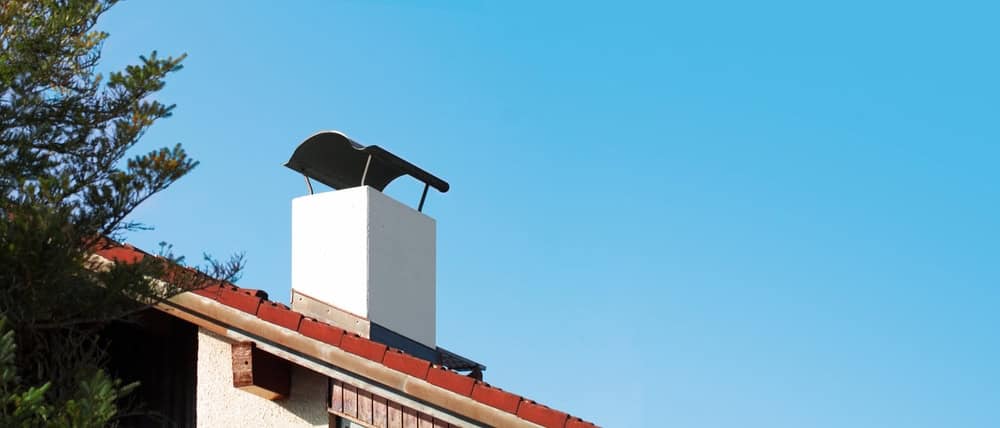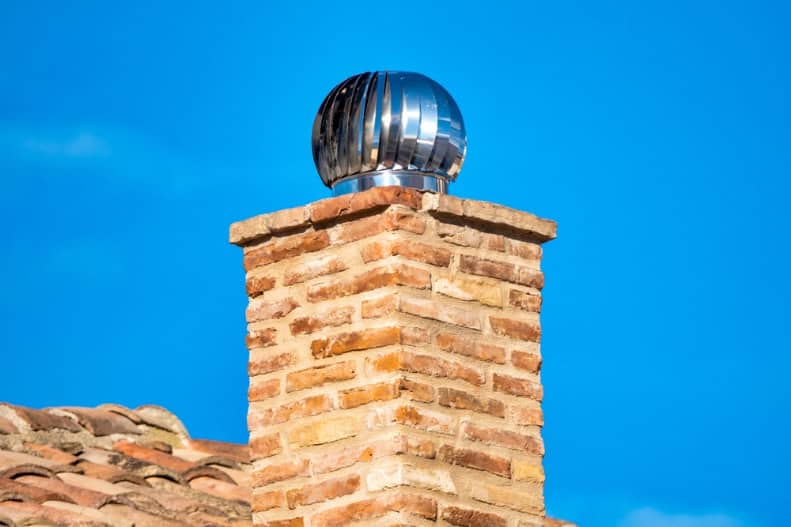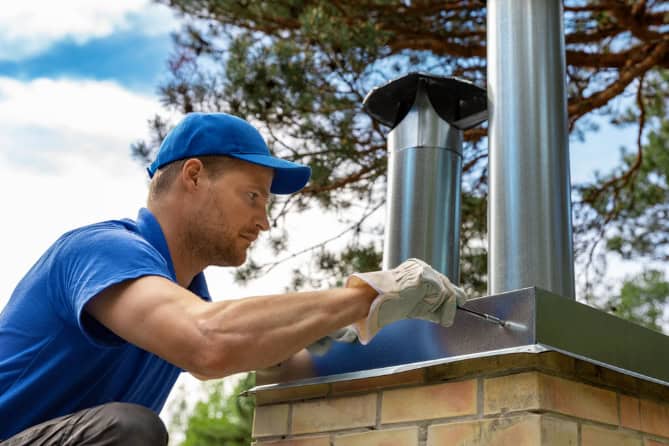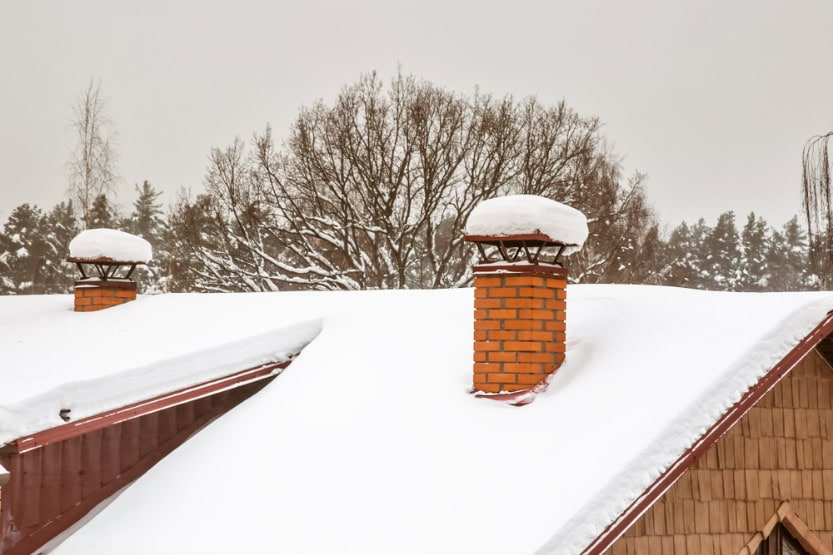Professional chimney cap installation that actually fits right and keeps your home protected year-round.

Hear from Our Customers

Your chimney cap isn’t just a metal cover sitting on top of your chimney. It’s the first line of defense against everything Rhode Island weather throws at your home.
When it’s installed correctly, you stop worrying about water stains on your ceiling every time it rains. You don’t hear scratching sounds at night because animals can’t get in. Your heating bills don’t spike because cold air isn’t drafting down your chimney.
The right chimney cap, properly fitted and installed, means your fireplace works the way it should. Your home stays dry. Your family stays safe. And you’re not calling for emergency repairs every few years because someone cut corners the first time.
We’ve been serving Bradford and surrounding Rhode Island communities since 2000. The same experienced team that started this work over twenty years ago is still here, still learning, still improving.
Our technicians hold CSI certification from the Chimney Safety Institute of America. That’s not just a piece of paper – it’s proof that we know current safety standards, proper installation techniques, and how to spot problems before they become expensive disasters.
We’re not the biggest company in Rhode Island, and we’re not trying to be. We focus on doing chimney work right the first time, using quality materials, and treating your home with the respect it deserves.

First, we come out and actually look at your chimney. Not just from the ground – we get up there and inspect the crown, the flue, and measure everything properly. Every chimney is different, and cookie-cutter solutions don’t work.
We’ll show you what we found and explain your options. Stainless steel lasts longer but costs more upfront. Standard galvanized steel works fine if you’re planning to move in a few years. Custom fabrication if your chimney has an unusual size or shape. We give you the real pros and cons, not a sales pitch.
Installation day, we bring the right equipment and take our time. Proper flashing, secure mounting, and we clean up completely when we’re done. You get a cap that fits right, looks good, and actually protects your home the way it’s supposed to.

Ready to get started?
Rhode Island’s coastal air is tough on metal. Salt accelerates rust, and temperature swings cause expansion and contraction that loosen poorly installed caps. We stock materials that handle these conditions.
Stainless steel chimney caps resist corrosion and typically last 15-20 years without maintenance. We can fabricate custom sizes for unusual flue dimensions or multiple flue chimneys. Spark arrestor screens meet fire code requirements and keep debris out.
Every installation includes proper mounting hardware rated for wind loads, sealed flashing to prevent leaks, and a warranty that covers both materials and workmanship. We also offer free estimates so you know exactly what you’re paying for before we start.
